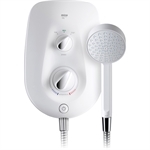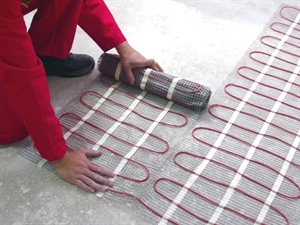Underfloor heating is popular as it provides an even distribution of heat across each room that it is installed in. As well as providing a more balanced heat supply, it also frees up wall space by removing the requirement for more traditional wall-hung radiators.
Introducing an underfloor heating system to your property may seem daunting but it can be carried out by home enthusiast if you feel technically able to do so (depending on requirements).
On every occasion we strongly recommend that you seek the help of a trained professional first should you have any doubts about installing an underfloor heating system. If in doubt it is always best to go with the experts who know what they are doing!
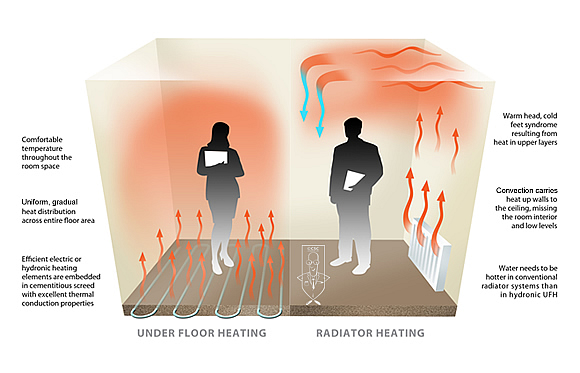 Depending on which underfloor system you decide to go with will dictate the type of installation required. An electric underfloor heating system is generally easier to install compared to that of a wet system underfloor set-up, although the running costs may be a little bit more expensive in the long term.
Depending on which underfloor system you decide to go with will dictate the type of installation required. An electric underfloor heating system is generally easier to install compared to that of a wet system underfloor set-up, although the running costs may be a little bit more expensive in the long term.
We provide a bit more information about the installation involved in both underfloor types below.
Wet System Underfloor Installations
A wet system uses heated water that is pumped through a series of pipes laid out across your floor. This is a very similar heating method to that of a conventional radiator as they are both fed hot water as part of your central heating system from the boiler.
As part of the installation you will initially have to lay a layer of floor insulation to help insulate the space and offer better heat retention. Once the floor insulation is laid you can then look to lay your pipe fixing system and panels on top – this will give you something to clip your piping onto. After your fixing system is down you can then look to lay your underfloor heating pipes along the fixings following the shape of your floor.
Once the piping is in position you will need to connect it to an underfloor heating manifold. The manifold is fed hot water from the boiler and regulates the flow of hot water to each pipe.
 After the underfloor heating system is installed you will have to pressure test it to make sure there are no leaks in the manifold, joints or pipes. If everything is sealed and tight you will then need to move onto laying the screed, which should be carried out with pressure still in the system.
After the underfloor heating system is installed you will have to pressure test it to make sure there are no leaks in the manifold, joints or pipes. If everything is sealed and tight you will then need to move onto laying the screed, which should be carried out with pressure still in the system.
After the screed has set, the final step of installation will see you rest you final flooring layer on top (e.g. laminate, tile or other flooring etc.)
Because the piping in a wet system is usually thicker then the wiring of an electric underfloor setup, the levels of heat energy emitted are generally considered to be higher (given its larger surface area).
We have a massive selection of Polypipe underfloor heating supplies available at a low price with immediate dispatch including our
- Polypipe Solid floor packs
- Polpipe Overlay underfloor packs
- Polpipe Overlay Suspended Floor packs and
- Polpipe Overlay Floating underfloor packs
Confused about which type you need? Get in touch with the TDL Online team who will be happy to help.
 Electric System Underfloor Installations
Electric System Underfloor Installations
An electric system incorporates the same principles as a wet system but is different in a few key aspects. Typically an electric underfloor heating system installation relies on a series of wires that run underneath your flooring.
As with wet system underfloor, an insulation layer is commonly used beneath the heating wires in order to better utilise the heat that is produced.
There are commonly two options for laying heating wires:
- The first method is an individual wire installation which enables you to precisely tailor your heating layout to the shape of the room.
- The second method is by using pre-wired heating mats which are a far simpler option as you only have to roll the mats across the area you wish to supply with underfloor heating. For a popular example, please view our selection of Devi Electric Underfloor Heating supplies.
Once you have completely covered your floor with the insulation layer and then either added the individual wiring or pre-wired mats, you can then move onto covering it with flexible tile adhesive or levelling compound making sure they are fully covered. Once this step has been carried out you are then able to move onto laying your final layer which is your main flooring.
In summary...
In summary, both systems have their pros and cons, but the easiest underfloor heating system to install would be the electric system as it’s pre-wired mats simply role out across your desired area and can be cut to size for a simple installation.
A wet system underfloor installation requires a lot more intrusive work and a higher level of expertise to implement (it will need to be carried out by a Gas Safe engineer) however although a little bit more of a pain to introduce, the benefits include that the long term costs are likely to be a lot lower (due to the cheaper price of gas compared to electricity).
As always, please consult the advice of a qualified installer before commencing on any underfloor heating project, as they will be able to give you the benefit of their expertise and experience, helping to ensure you get the right setup for your home.

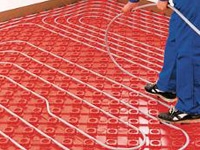
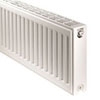

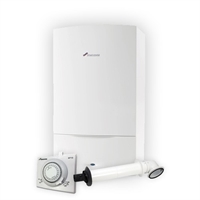
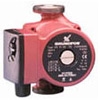
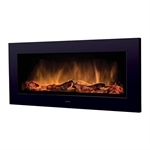
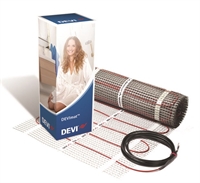


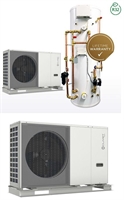
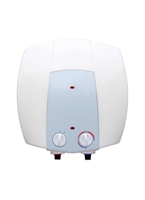
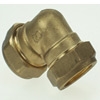
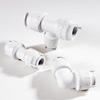
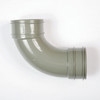



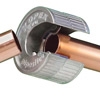




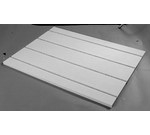
.png)
